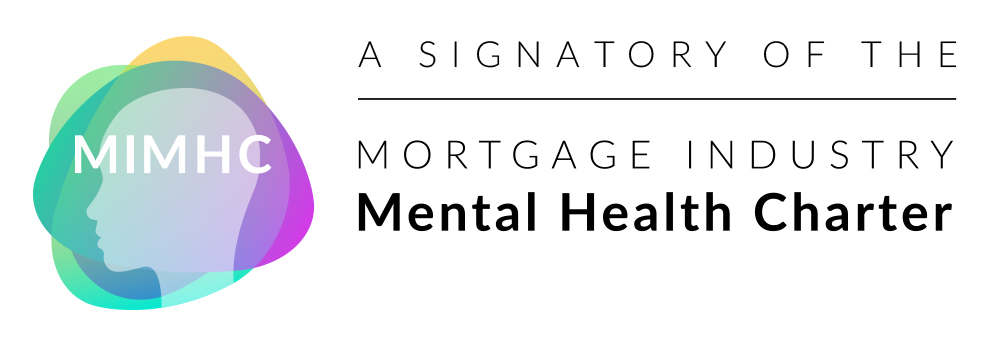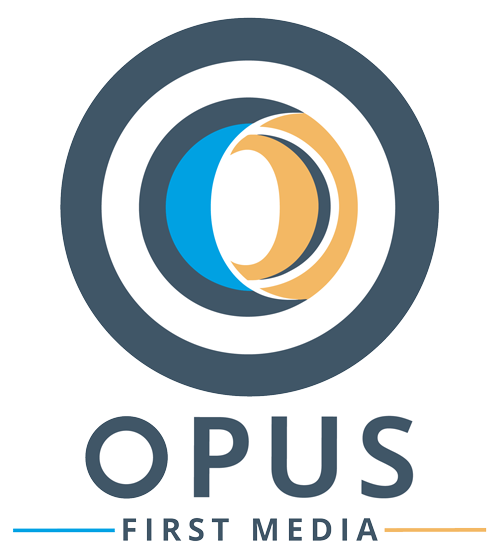MorganAsh has given its support to the Government’s refreshed Financial Inclusion Strategy, but warned that firms must have a far deeper understanding of customer vulnerability if the policy is to succeed.
The strategy, published this week, sets out plans to widen access to financial services and remove structural barriers across insurance, banking, credit and debt support.
It highlights mental health, accessibility and economic abuse as cross-cutting issues that affect how people engage with the sector, and seeks to improve education and resilience among groups that are vulnerable or poorly served.
One of its central themes is the role of general insurance and protection in helping households withstand financial shocks. However, the strategy acknowledges that those on low incomes or in vulnerable circumstances are less likely to have adequate cover in place.
CALL FOR BETTER IDENTIFICATION OF VULNERABLE CUSTOMERS
MorganAsh, which advises firms on vulnerability management, welcomed the Government’s commitment to closing protection gaps — particularly around contents insurance and income protection — and to improving support for victims of economic abuse. It noted that issues related to joint life policies remain a particular concern.
But the company cautioned that many organisations lack the systems and data needed to recognise vulnerability in the first place. Without this understanding, it argues, firms cannot know whether their products are suitable or whether they are delivering good outcomes, as required under Consumer Duty.

Andrew Gething, managing director of MorganAsh, said: “It is positive to see that general insurance and protection are key considerations within the government’s Financial Inclusion Strategy, recognising the sector’s essential role in building financial resilience.
“It make some very important points for all firms across financial services – and identifies key actions required to close gaps and increase access for all, whether that’s insurance, banking and affordable credit – or tackling problem debt and financial illiteracy.”
He added: “The strategy correctly identifies the significant protection gap, especially among those who are low earners or are vulnerable. Increasing inclusion can only start by understanding those currently being excluded and what the barriers of entry may be – whether it’s perception, understanding, trust or a lack of products or support.”
Gething said these insights depend on technology that can segment a firm’s customer base and reveal the outcomes people are experiencing.
NEW GUIDANCE IMMINENT
Improving systems, data infrastructure and reporting is expected to be a key focus of forthcoming guidance from the Chartered Insurance Institute. The document, due for release shortly before the Budget, aims to give insurers and personal finance firms practical support in meeting Consumer Duty obligations.
“The upcoming guidance will support firms across insurance and personal finance to embed the values and principles of Consumer Duty and good vulnerability management,” Gething said.
He said this groundwork would allow businesses not only to personalise services more effectively but also to contribute meaningfully to the Government’s wider goals of social mobility and financial inclusion.
TECHNOLOGY TO SUPPORT CONSUMER DUTY
MorganAsh said its MARS platform, already used across financial services and the utilities sector, was designed to provide a consistent, objective way of assessing vulnerability. The system assigns a Resilience Rating — comparable to a credit score — to help firms monitor customers’ circumstances and tailor support.
The company argues that such tools are increasingly essential, both to comply with regulation and to ensure that inclusion initiatives translate into tangible change for consumers.





